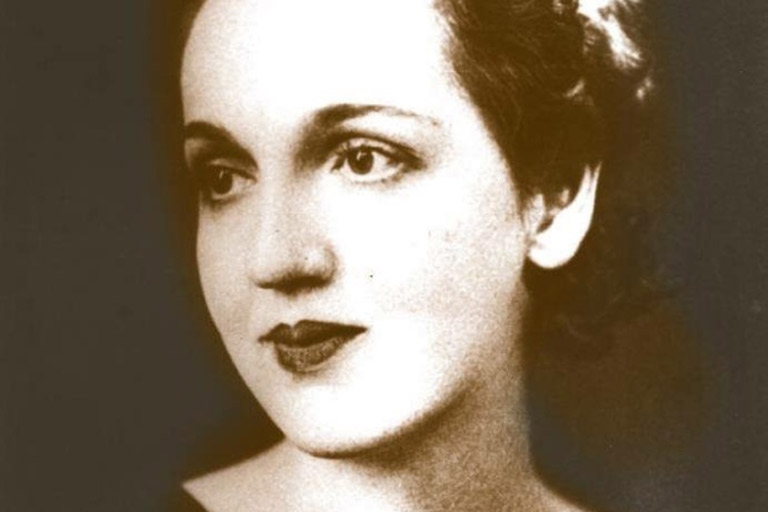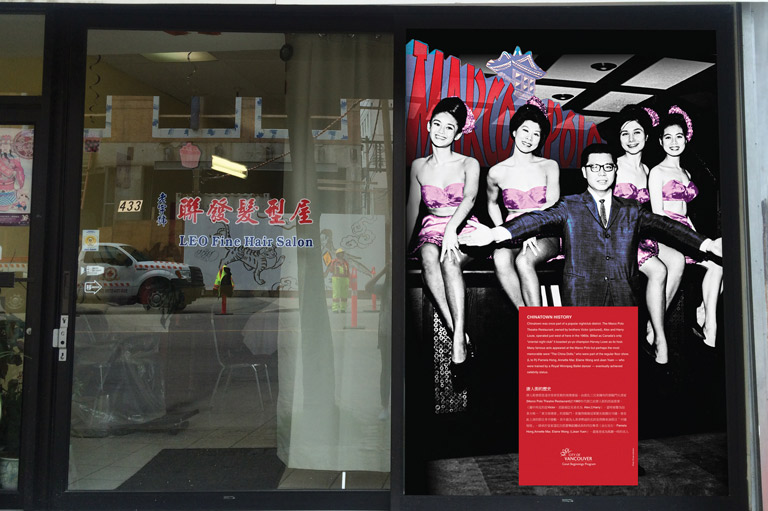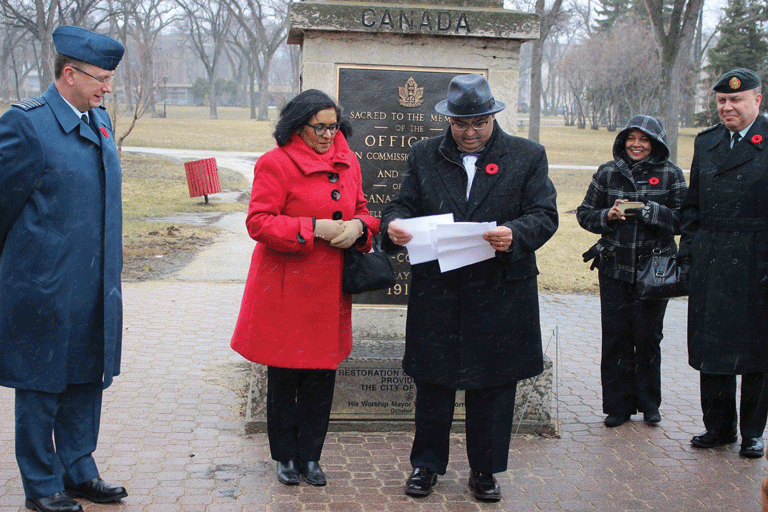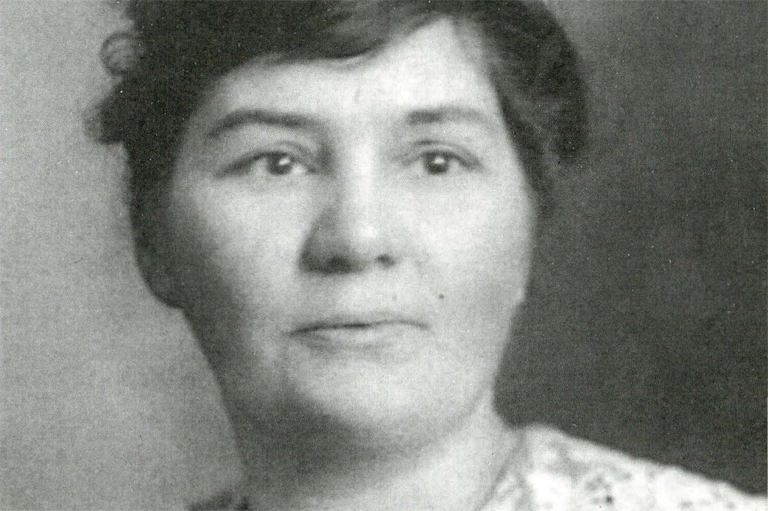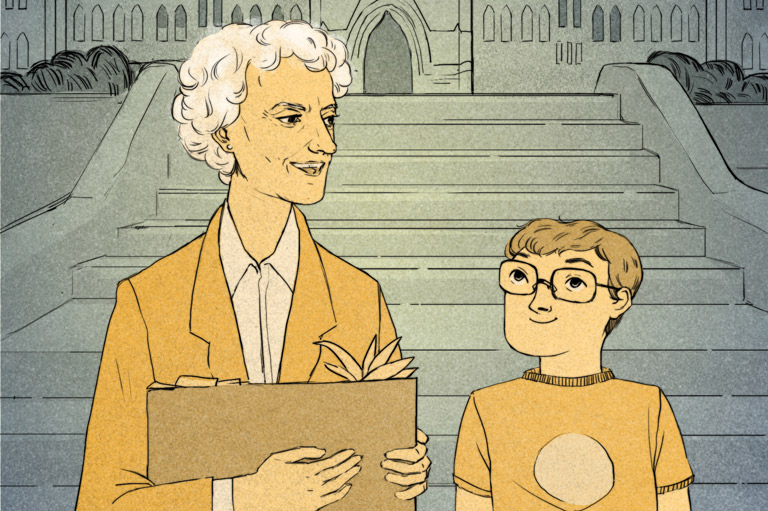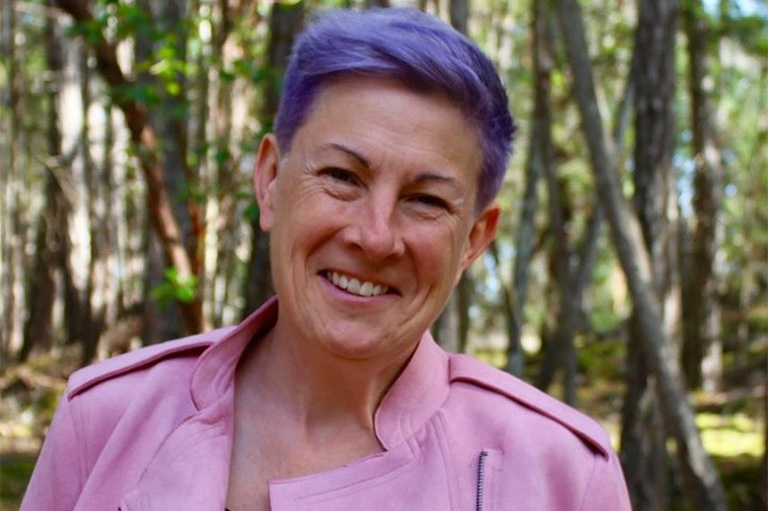Cast in Bronze
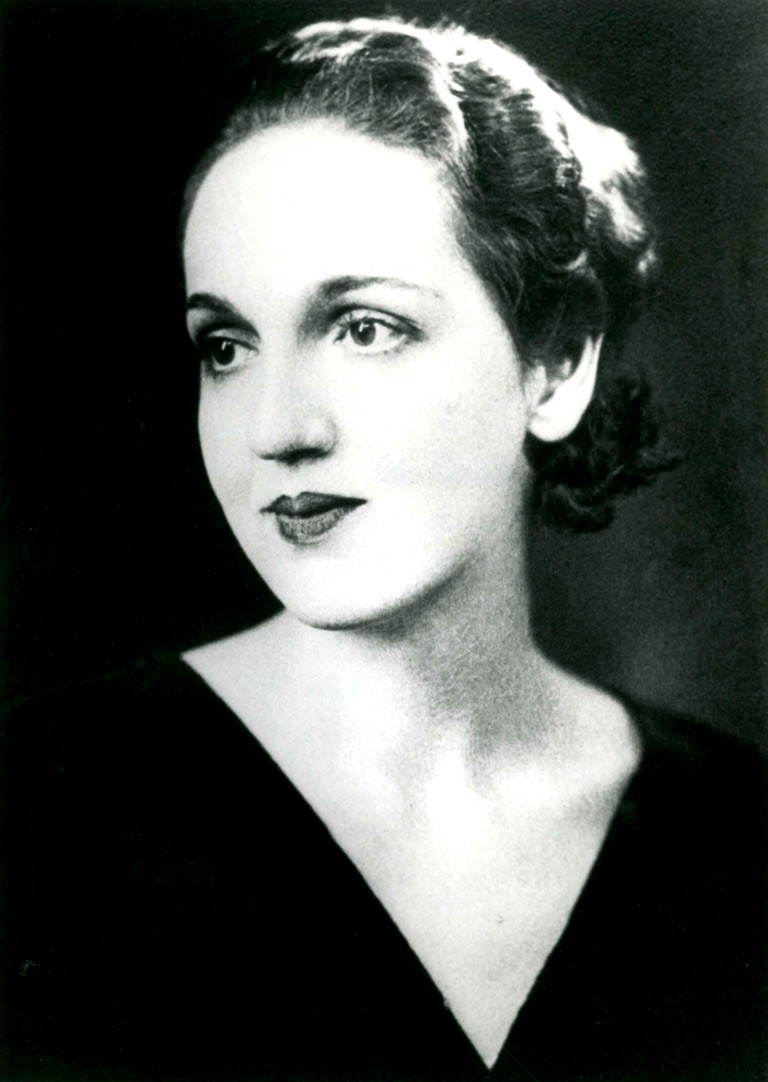
The epitaph on the headstone in the Willowbank Cemetery in Wolfville, Nova Scotia, identifies her simply as a “wife.” But dedicated community members wanted the world to know that Mona Parsons was so much more — that she was a Second World War hero.
Parsons, who was born in Middleton, Nova Scotia, in 1901, was living in the Netherlands with her Dutch first husband when German troops invaded. As part of an informal resistance, she and her husband risked their lives to save Allied airmen shot down in occupied Holland. They hid the men in their home to help them evade the Nazis, but in 1941 the scheme was discovered. Parsons was arrested and sentenced to death.
At her sentencing she accepted her fate with such unwavering certitude that the judge suggested she appeal the ruling. Ultimately, she was sentenced to life in prison camps. After four years she defied the odds and escaped.
“Though she never wore a uniform or carried a gun, she put her life on the line for justice … and she very nearly forfeited her life for those principles” said Andria Hill-Lehr, who wrote a book about Parsons.
Parsons’s dramatic escape from a Nazi prison camp was aided by a nearby Allied bomb explosion. After walking for three weeks she found friendly forces with a connection to home — the North Nova Scotia Highlanders.
She was finally free, but soon after the war her husband died. Parsons moved back to Nova Scotia and remarried. After her second husband died, she returned to Wolfville and led a quiet life until her death in 1976. Hill-Lehr believes Parsons exhibited symptoms of post-traumatic stress disorder.
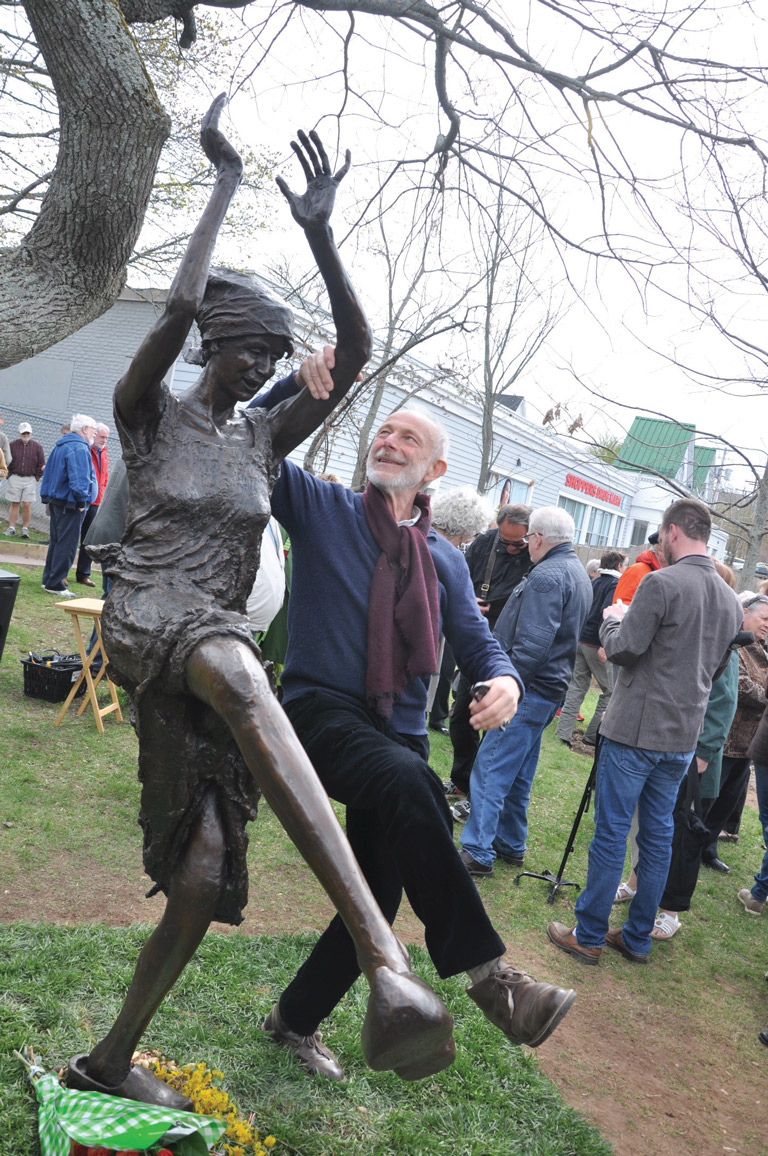
Both the British and the American governments have officially recognized Parsons for her bravery, but to date the Canadian government has not done so. Hill-Lehr and the local community groups Wolfville Historical Society and Women of Wolfville took it upon themselves to tell Parsons’s story.
They began the Mona Parsons Commemoration Project, held public events, and commissioned a 2.4-metre bronze sculpture. The project was shortlisted for the 2017 Governor General’s History Award for Excellence in Community Programming.
The statue — entitled The Joy is Almost Too Much to Bear and sculpted by Dutch-Canadian artist Nistal Prem de Boer — was unveiled on May 5, 2017, in Wolfville.
Hill-Lehr believes a civilian woman is just as worthy of honour as those who registered to fight in the war and hopes that “for years to come the sculpture encourages people to stop [and] learn Mona Parsons’s story” and be inspired by humanity’s ability to triumph over hardship.
With 7 uniquely curated newsletters to choose from, we have something for everyone.
Themes associated with this article
Advertisement

